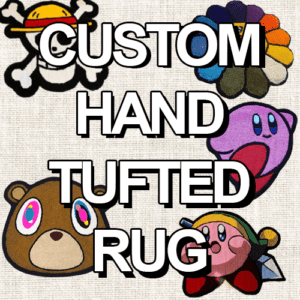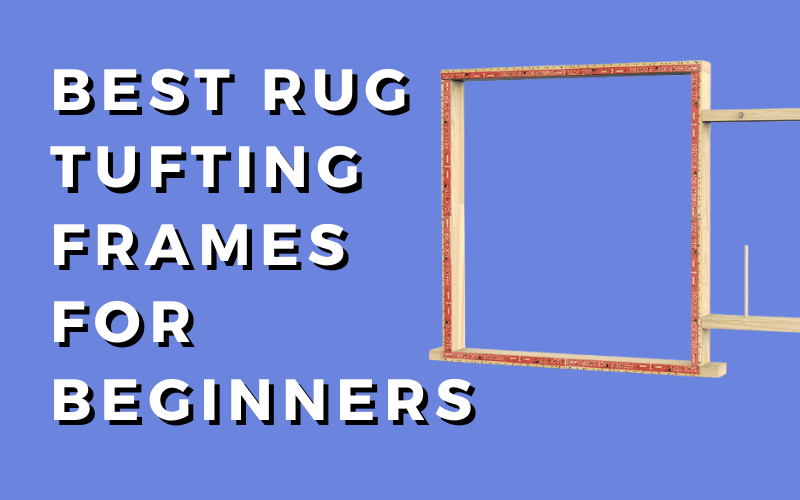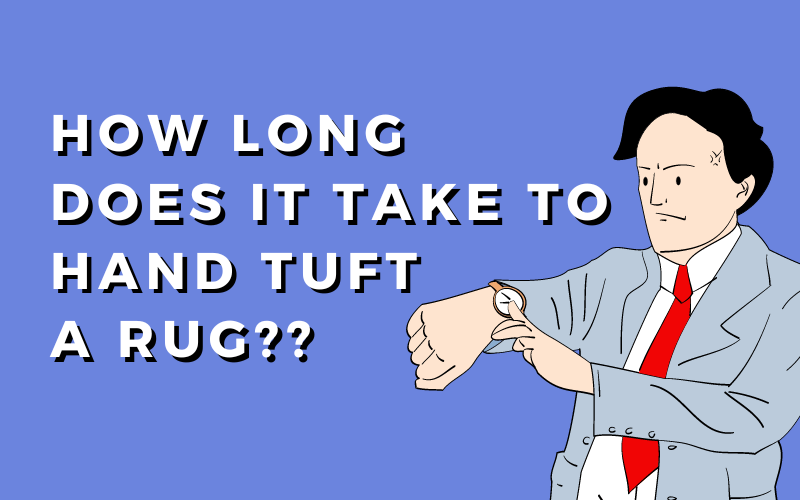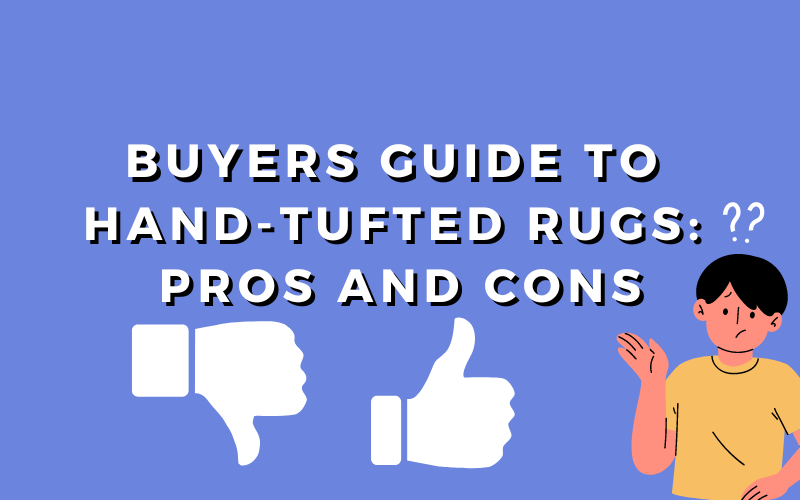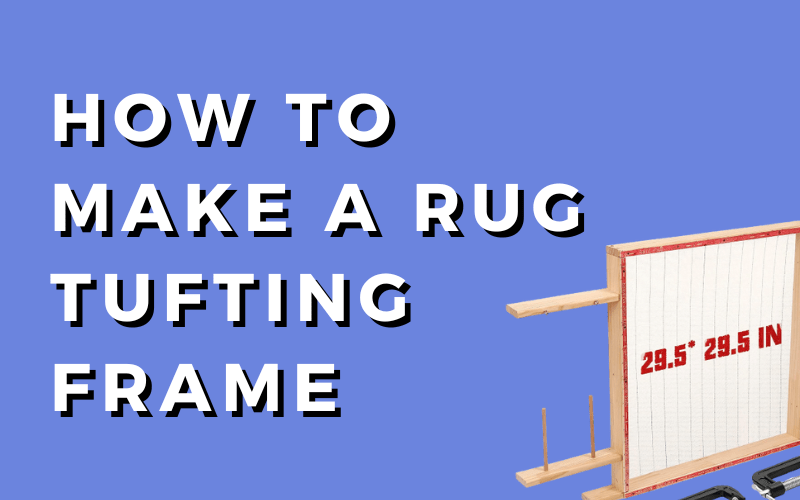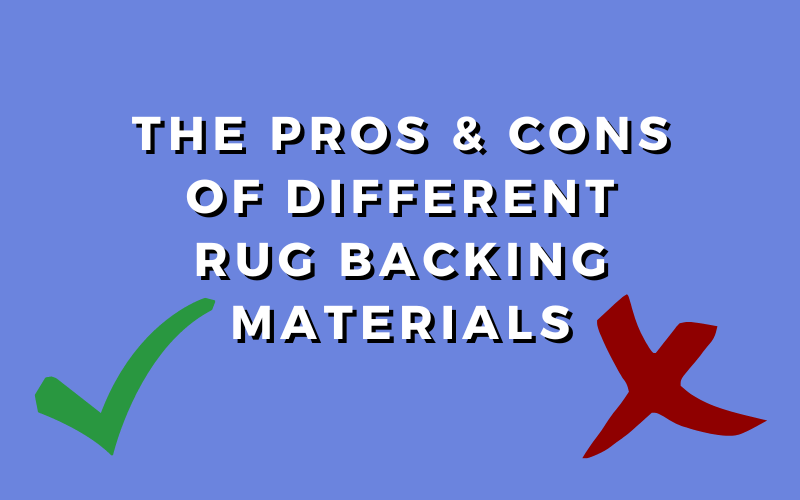
Why Is My Tufting Cloth Ripping
Home / Why Is My Tufting Cloth Ripping
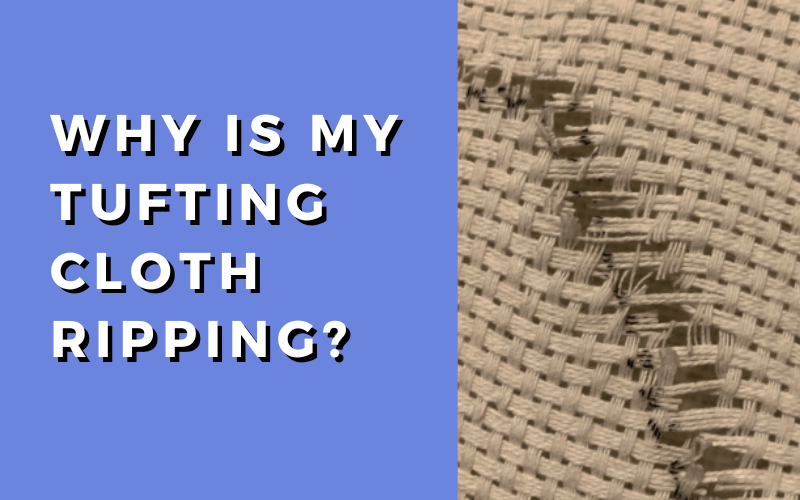
Share This Post
Enhance Your Rug Tufting Experience with a Durable Cloth
Rug tufting has gained immense popularity in recent years, captivating DIY enthusiasts and creative individuals alike.
This art form involves the creation of beautiful rugs by tufting yarn or fabric through a backing material, resulting in intricate designs and textures.
As rug tufting continues to flourish, it becomes crucial to pay attention to the materials used, particularly the rug tufting cloth.
The cloth acts as a foundation, providing stability and support for the tufted fibers.
In this blog, we will delve into the significance of using a durable and reliable rug tufting cloth, exploring how it can enhance your rug tufting experience while ensuring the longevity and quality of your creations.
Decoding Rug Tufting Cloth: Everything You Need to Know
Rug tufting cloth serves as the essential foundation for any tufted rug project.
It is a specialized fabric designed specifically for rug tufting, offering a stable base for the tufted fibers to be secured into.
The primary purpose of rug tufting cloth is to provide structural integrity and prevent the tufted fibers from unraveling or becoming loose over time.
When it comes to rug tufting cloth, there is a wide range of options available in the market. Each type differs in terms of material, weight, weave, and durability.
One of the commonly used rug tufting cloths is the monk’s cloth, a sturdy and tightly woven fabric known for its strength and longevity.
Other options include linen, burlap, and even specialized rug tufting backings made of synthetic materials.
Choosing the right rug tufting cloth involves considering several factors.
Firstly, the material should be durable enough to withstand the tension and repetitive tufting process without tearing or fraying.
Additionally, the weight of the cloth should be suitable for your specific project requirements, as heavier fabrics offer more stability for dense tufting, while lighter ones are ideal for more delicate designs.
Lastly, it is crucial to consider the weave of the cloth, ensuring that it allows the tufting needle to pass through easily while keeping the tufted fibers securely in place.
By understanding the various types of rug tufting cloth available and considering these essential factors, you can make an informed decision when selecting the right cloth for your rug tufting projects.
Investing in a high-quality and suitable rug tufting cloth will not only enhance your creative process but also contribute to the longevity and durability of your finished rugs.
Troubleshooting Rug Tufting: Unveiling the Culprits behind Cloth Ripping
A. Insufficient Cloth Strength and Quality:
Choosing the right rug tufting cloth is paramount for successful rug tufting endeavors.
High-quality and sturdy cloth provide the necessary foundation for your tufted masterpiece. It not only withstands the rigors of tufting but also ensures your rug’s longevity and durability.
To identify low-quality cloth, watch out for signs such as thinness and loose weaving. These factors can compromise the cloth’s ability to handle the tufting process and may result in frequent tearing or fraying.
Consider reliable brands and materials like monk’s cloth or heavy-duty linen, which offer excellent strength and durability.
B. Excessive Tension on the Cloth:
Tension is a critical factor in rug tufting, as it keeps the tufted fibers secure. However, excessive tension can strain the cloth, leading to ripping or tearing.
Understanding the impact of tension on rug tufting is key. The relationship between tension, cloth strength, and needle penetration should be balanced.
Maintaining optimal tension while tufting is essential. Experiment with different tension levels and adjust accordingly to find the sweet spot that keeps your cloth secure without causing damage.
C. Incorrect Needle Size or Type:
Choosing the correct needle size and type is crucial for a smooth tufting experience. Different needle sizes and types are available for rug tufting, and using the wrong one can contribute to cloth ripping.
Familiarize yourself with the various options and their applications. Matching the needle size to the cloth thickness is vital.
Using a needle that is too thick or blunt can damage the fabric, resulting in tears or rips. Ensure you have the right needle for your project to minimize the risk of cloth damage.
D. Improper Handling and Technique During Tufting Process:
Improper handling and technique can also lead to cloth ripping.
Common mistakes include pulling or tugging excessively on the cloth, inadequate support for the fabric, and using excessive force during tufting.
To minimize cloth damage, practice proper handling and technique. Avoid excessive force, use gentle yet firm motions, and provide adequate support for the cloth throughout the process.
Developing good tufting skills through practice and refinement will significantly reduce the likelihood of cloth ripping.
By exploring and understanding these common causes in detail, you can troubleshoot and address challenges encountered during rug tufting.
With the right cloth, optimal tension, appropriate needle, and proper handling techniques, you’ll be well-equipped to overcome obstacles and create stunning tufted rugs with confidence.
Rug Tufting Woes No More: Prevention and Troubleshooting Techniques
Rug tufting can be a fulfilling and creative journey, but it’s essential to be prepared for potential challenges that may arise.
By taking some precautions before starting the tufting process, you can minimize the chances of cloth ripping and other setbacks.
Firstly, ensure that your rug tufting cloth is of high quality and suitable for your project.
Check for any weak areas or defects in the fabric before beginning.
In case you encounter cloth ripping issues, it’s crucial to have troubleshooting techniques at your disposal.
Start by identifying the cause of the ripping, whether it’s due to insufficient cloth strength, excessive tension, incorrect needle size, or improper handling.
Once identified, take the necessary steps to rectify the issue. This might involve reinforcing weak areas of the cloth with fabric patches, adjusting the tension to a more optimal level, using the correct needle size for your cloth, or refining your handling and tufting techniques.
To maintain the longevity of your rug tufting cloth, follow proper maintenance and care guidelines.
Avoid subjecting the cloth to excessive strain or tension, and store it in a safe and dry place when not in use.
Regularly inspect the fabric for any signs of wear and tear, and address them promptly to prevent further damage.
By taking precautions, troubleshooting effectively, and practicing proper care, you can significantly reduce the occurrence of cloth ripping during your rug tufting projects.
Embrace the challenges as opportunities to learn and refine your skills, ultimately creating beautiful, durable rugs that reflect your artistic vision.
Unleash Your Creative Potential: Concluding Thoughts on Rug Tufting
Rug tufting is a captivating art form that allows us to express our creativity through intricate designs and textures.
However, encountering cloth ripping during the tufting process can be disheartening. By recapping the main causes of cloth ripping, we can better understand how to overcome these challenges.
Insufficient cloth strength and quality, excessive tension on the cloth, incorrect needle size or type, and improper handling and technique are common culprits behind cloth ripping.
Recognizing these causes empowers us to take preventive measures and troubleshoot effectively. Investing in high-quality rug tufting cloth and practicing good technique are vital to a successful rug tufting experience.
By choosing durable materials and employing proper handling and tufting techniques, we can minimize the risk of cloth ripping and create stunning, long-lasting rugs.
In conclusion, don’t be discouraged by the occasional setbacks encountered in rug tufting.
Embrace them as learning opportunities and stepping stones toward honing your skills. The world of rug tufting offers endless possibilities for creativity and self-expression.
So, continue to explore, experiment, and let your imagination soar. With each rug you create, you’re adding your unique touch to this beautiful art form.
Happy Rug Tufting!

